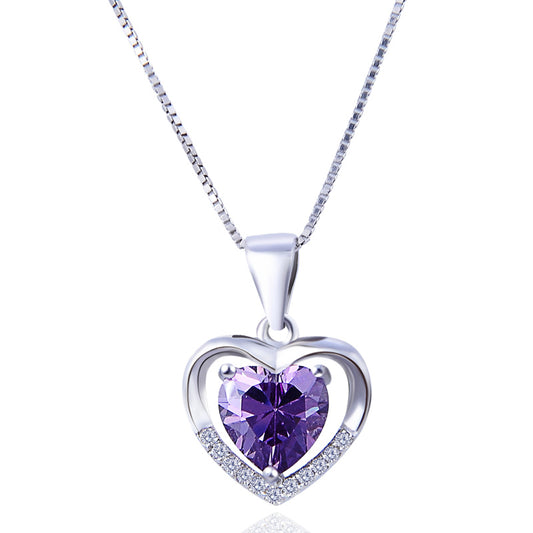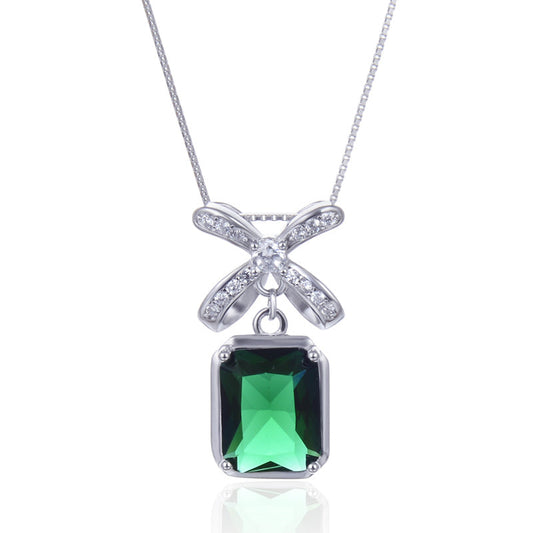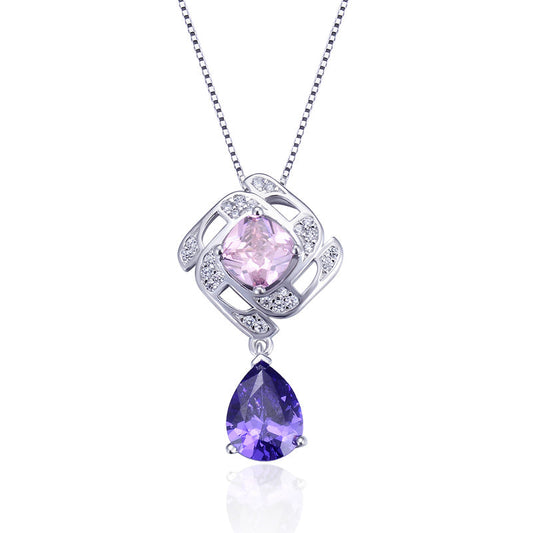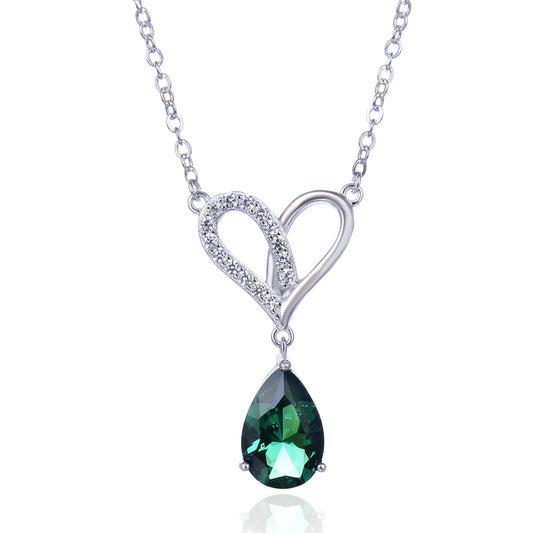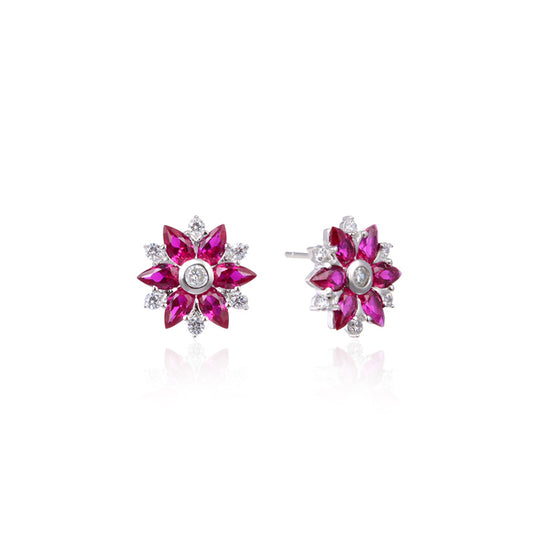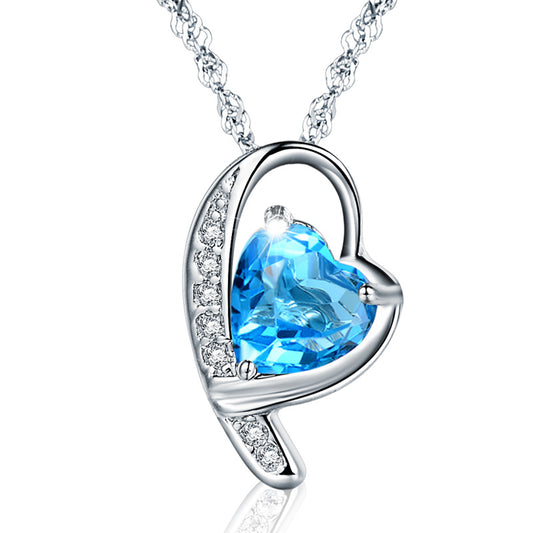The Allure and Impact of Sex Stories in Modern Culture
Sex stories have long captivated the human imagination, weaving tales of desire, love, and taboo that are both titillating and thought-provoking. These narratives, often referred to as erotica, span a wide range of genres and styles, from steamy romance to hardcore pornography. In recent years, the rise of the internet and social media platforms has made these stories even more accessible, allowing people to share and consume this content on an unprecedented scale.
The appeal of sex stories lies in their ability to evoke powerful emotions and fantasies. They provide a safe, vicarious outlet for exploring sexual desires and fetishes that might be considered taboo or embarrassing in real life. Whether it's the forbidden fruit of an office romance or the thrill of a dominant-submissive relationship, sex stories allow readers to experience these scenarios vicariously, without the real-world consequences.
The impact of sex stories on society is complex and multifaceted. On the one hand, they can be seen as a harmless form of entertainment, providing a much-needed escape from the routine of everyday life. In this sense, they function much like any other form of fiction, offering a window into different worlds and experiences.
On the other hand, sex stories have the potential to influence people's attitudes and behaviors towards sex and relationships. For example, they may normalize certain sexual practices or fetishes, making them more acceptable in mainstream culture. This can be both positive and negative, depending on the content and context of the stories.
The internet has played a crucial role in the dissemination of sex stories, making them more widely available than ever before. Online platforms like blogs, forums, and social media have provided a space for writers to share their work with a global audience. This has led to a proliferation of sex stories in various forms, from short stories to full-length novels.
The anonymity of the internet has also allowed for a more open and honest exploration of sexual themes. People feel more comfortable sharing their deepest desires and fantasies in an environment where they can remain anonymous. This has led to a more diverse and inclusive range of sex stories, reflecting the wide range of sexual experiences and identities within society.
However, the widespread availability of sex stories has also raised concerns about their potential impact on young people. Some argue that exposure to explicit content at a young age can have negative effects on sexual development and behavior. Others point out that sex stories can provide valuable insights into human sexuality and relationships, helping young people to understand and accept their own desires and boundaries.
The debate around sex stories highlights the complex intersection of freedom of expression, morality, and censorship. While some argue that these stories should be restricted to adults only, others advocate for a more open and inclusive approach that respects the rights of individuals to consume and create the content they choose.
Regardless of one's stance on this issue, it's clear that sex stories hold a unique fascination for many people. They tap into our deepest desires and fantasies, allowing us to explore the boundaries of sexual expression in a safe and controlled environment. Whether you're a writer looking to express your innermost thoughts and feelings or a reader seeking a vicarious thrill, sex stories offer a powerful medium for exploring the complexities of human sexuality.
The Evolution of Sex Stories in Literature and Popular Culture
Sex stories have a long and rich history in literature and popular culture, evolving over time to reflect changing social attitudes and norms. From ancient mythology to contemporary erotica, these narratives have consistently pushed the boundaries of sexual expression and exploration.
In ancient times, sex stories often took the form of mythology and folklore, weaving tales of love, lust, and adventure. These stories were not only entertaining but also served as a way to explore and understand human sexuality within the cultural and social constraints of the time.
As society progressed, sex stories began to appear more explicitly in literature. The works of classical authors like Ovid and Petronius were notable for their frank depictions of sexuality and desire. In the Renaissance period, writers like Boccaccio and Shakespeare continued this tradition, exploring themes of love, lust, and betrayal in their works.
The Victorian era saw a period of repression and censorship, with sexual content often veiled in euphemism and innuendo. However, this did not stop writers like Oscar Wilde and the Decadents from pushing the boundaries of sexual expression in their works.
In the 20th century, with the rise of modernism and postmodernism, sex stories began to appear in more experimental and avant-garde forms. Writers like Anaïs Nin and Henry Miller explored themes of sexuality and desire in their works, often in a more explicit and transgressive manner.
The advent of the internet in the late 20th and early 21st centuries marked a new era for sex stories. Online platforms provided


